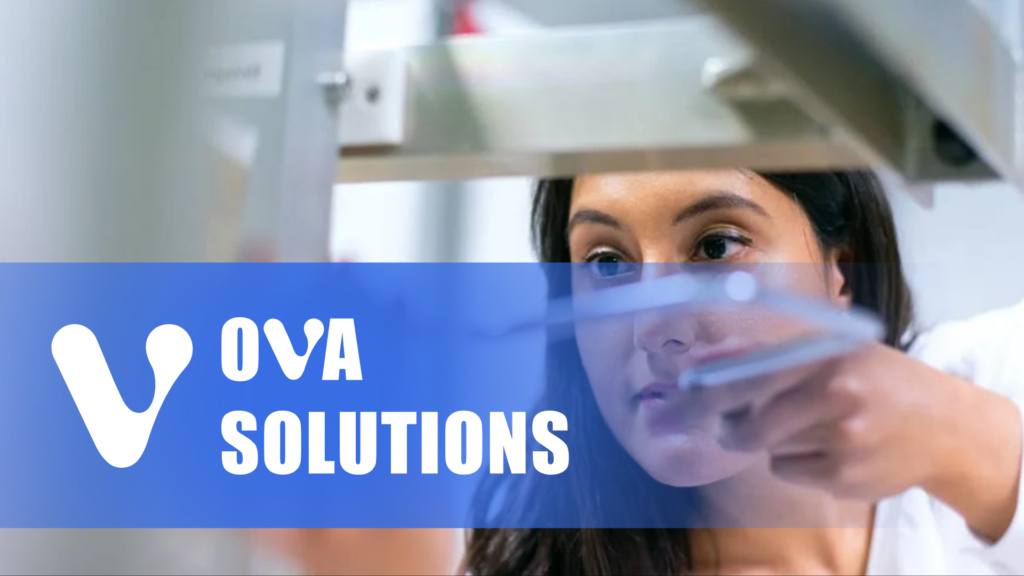Table of Contents
Engineering product design doesn’t fail at the prototype — it fails in the files.
In MedTech, a product isn’t just what’s in the box. It’s what’s behind it: the BOM, the tolerances, the test reports, the revision log.
We’ve seen promising devices stall not because the tech was wrong — but because the documentation couldn’t scale. One missing part number. One undocumented change. One flat spreadsheet BOM used across five revisions.
If your goal is CE/FDA, international manufacturing, or investor confidence, your engineering product design must include a documentation system that survives growth.
Here’s how to build one.
Why BOM and Documentation Are the Foundation of Scale
Prototypes are messy — and that’s okay. But scaling is about control.
And control comes from structured, accessible, versioned documentation.
Great engineering product design doesn’t just create working hardware. It creates:
- Transferable specs
- Auditable traceability
- Modular, sourceable BOMs
- Decision logs you can defend in audits
Without these, you’ll stall at 1,000 units. Or worse — you’ll get to 10,000, then crash on re-inspection.
Engineering Product Design: 6 Foundations for Reliable BOM and Documentation That Scale
| Foundation | What Most Teams Assume | What Actually Happens | Bold, Actionable Advice |
|---|---|---|---|
| 1. Version-Controlled CAD and PCB Files | “We’ll just save over the last version.” | Without history, change tracking, and rollback points, you’re one corrupt file away from disaster. | Use Git or PLM-integrated tools. Track changes per feature or component. Include revision IDs in exported drawings and BOM references. |
| 2. Structured, Multi-Level BOM with Sourcing Fields | “We’ve got a spreadsheet — it’s fine.” | Flat BOMs break during scale. Missing MPNs, specs, or alternates create chaos in procurement and QA. | Build a multi-level BOM (mechanical, electrical, packaging) with fields for MPN, supplier, datasheet, MOQ, and second source. Keep synced with ERP. |
| 3. Linked DHF/DMR and Design History Integration | “We’ll create documentation later.” | Creating compliance records retroactively wastes time and leads to audit flags. | Document decisions as you go. Link risk analysis, test plans, and revisions to specific parts or assemblies. Build your DHF inside the design flow. |
| 4. Centralized, Role-Based Document Access | “We’ll email the latest files.” | Email attachments fragment truth. Outdated versions float in inboxes, causing rework and compliance gaps. | Use cloud-based document control. Set permissions by role (QA, engineering, manufacturing). Require sign-off workflows for release. |
| 5. Standardized Naming and File Structure | “Everyone knows where stuff is.” | New hires, partners, and auditors don’t. Inconsistent naming and folder chaos slows onboarding and kills trust. | Use naming conventions tied to part numbers, functions, and revision codes. Define structure in SOPs and enforce in your design team. |
| 6. Change Control with Impact Analysis | “We’ll just fix it and move on.” | Untracked changes cause cascade failures in production, testing, and field use. | Formalize ECO process. Require cross-functional review. Tie every change to documentation update, test plan, and version tag. Record impact in DHF. |

What Happens When You Scale Without a Documentation Foundation
We’ve seen it all:
- Medical startups losing CE clearance because the BOM didn’t match the tested version
- Teams duplicating files manually and shipping the wrong revision to contract manufacturers
- Engineering product design pipelines collapsing under cross-functional confusion
It’s not enough to be compliant. You need to be continuously compliant. That’s what scalable documentation does.
The Role of Engineering Product Design in Documentation Culture
At its best, engineering product design isn’t just CAD and schematics — it’s the operating system of product intelligence.
A well-structured design process:
- Embeds documentation at every decision point
- Links BOMs, test results, and risk logs in one system
- Supports QA, regulatory, supply chain, and engineering from a shared truth
Documentation doesn’t slow design — it enables momentum without chaos.
Building an Audit-Proof Stack
If your engineering product design team wants to survive audits, scaling, or investor diligence, here’s what your stack should look like:
✅ CAD + BOM with full version history
✅ Cloud-based access with defined permissions
✅ Integrated DHF/DMR that updates in real time
✅ Sourceable BOM with second-source logic
✅ Impact logs tied to every change and decision
Bonus: these systems also reduce onboarding time for new engineers by 40–60%.
How to Retrofit Structure If You’re Already in the Middle
Let’s say your design history is already a mess. Here’s how to stabilize it:
- Freeze the current BOM and assign a version ID
- Create a change log with known gaps or undocumented edits
- Link every drawing and file to that frozen version
- Rebuild a clean DHF going forward
- Assign document ownership and enforce role permissions
Your engineering product design process doesn’t need to be perfect — it needs to be traceable and consistent from this point on.
Why This Matters in MedTech More Than Anywhere Else
In consumer electronics, bad documentation causes delays. In MedTech, it causes rejections, recalls, and regulatory shutdowns.
That’s why engineering product design must evolve into a documentation-first discipline. Because the cost of guessing is measured in lives, fines, and years.
Want to build a documentation stack that scales with your hardware?
Reliable documentation isn’t a side task — it’s the backbone of every successful MedTech product.
If you’re navigating regulatory complexity, preparing for transfer, or scaling up production, we can help.
Our team specializes in engineering product design for medical and wellness devices — from robust BOM architecture to audit-ready DMRs, design control, and traceability frameworks. We help hardware companies move fast without losing control.
Want to learn more about specific aspects of our development process? Feel free to reach out. Innovation in medical device development is a journey best traveled together.
📅 Book a call with CEO: https://calendly.com/lisa-voronkova/30min




 430 Park Ave, New York, NY 10022, USA
430 Park Ave, New York, NY 10022, USA Paevalille tn 6, Office 84, Estonia, Tallinn, 13517
Paevalille tn 6, Office 84, Estonia, Tallinn, 13517 Barykadna St 7, Dnipro, Ukraine, 49000
Barykadna St 7, Dnipro, Ukraine, 49000